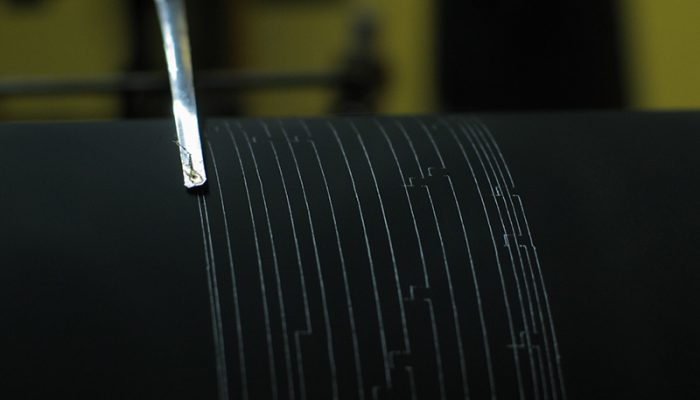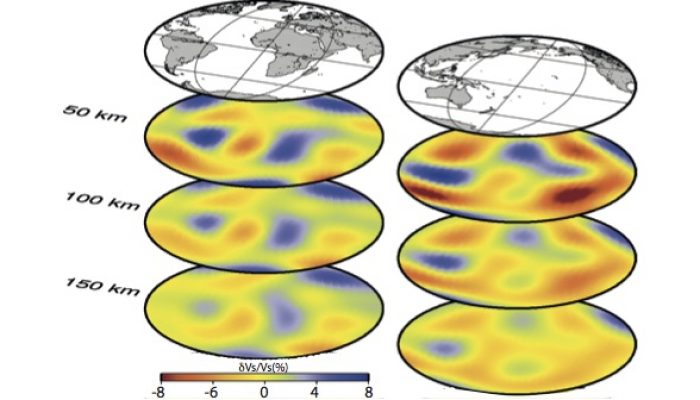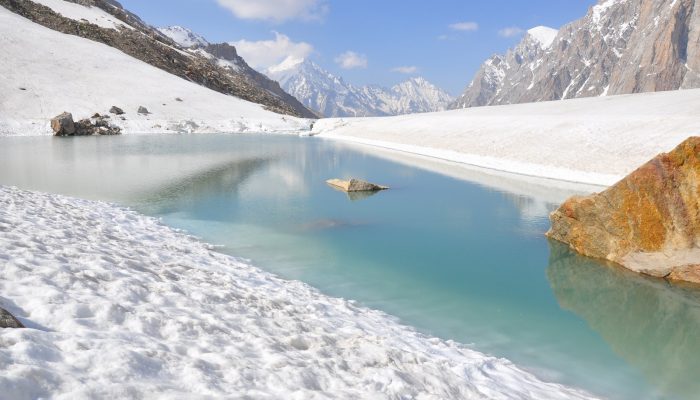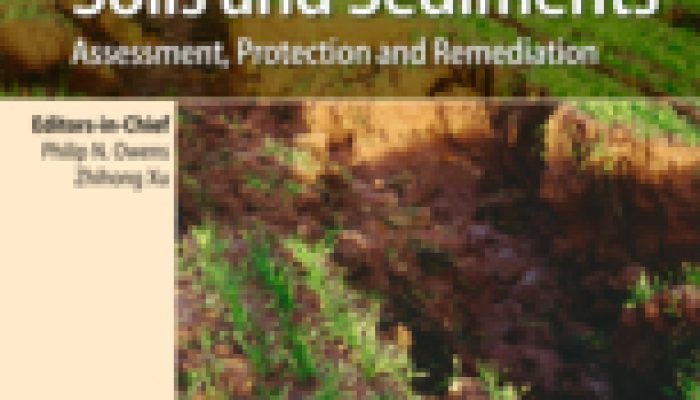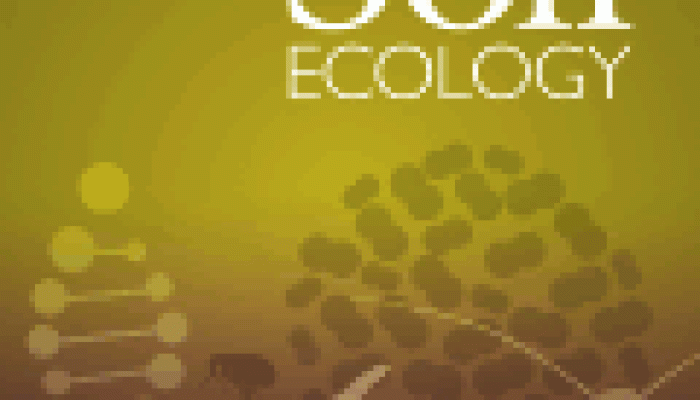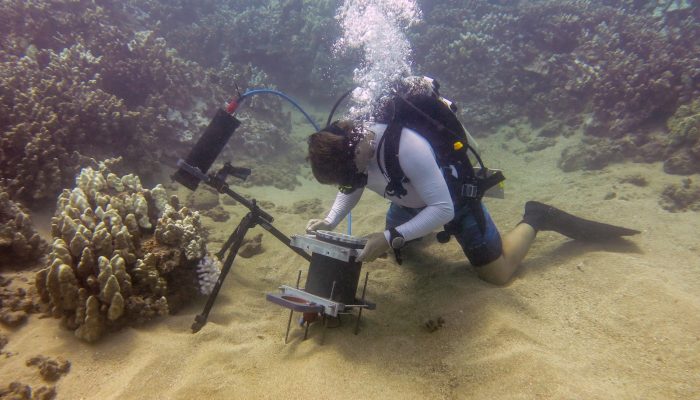Beginning of this month, I was travelling to Germany to visit family and friends. One week out of the office, without interpreting wiggles or creating synthetic seismograms. But I bet that most of you know that vacation from science does not really exist, especially if an awesome opportunity comes along… What do seismologists do during their vacation? I was visiting a friend in Göttingen. Ma ...[Read More]
Seismology
Paper of the Month — Mapping the upper mantle
“MAPPING THE UPPER MANTLE: THREE-DIMENSIONAL MODELING OF EARTH STRUCTURE BY INVERSION OF SEISMIC WAVEFORMS” (Woodhouse & Dziewonski,1984) commented by Andrew Valentine. Here we are again with our Paper of the Month (PoM) series! Our guest writer is Andrew Valentine, who has chosen to comment one of the landmark papers in global seismic imaging: “Mapping the upper mantle: Thre ...[Read More]
Cryospheric Sciences
Image of the Week – Hidden Beauty on a Himalayan Glacier
Today’s image of the week comes from stunning setting of Chhota Shigri Glacier in the Pir Panjal Range of northern India. The range is part of the Hindu-Kush Karakorum Himalaya region which is a notoriously challenging place to work as it is very remote and completely inaccessible during the winter months. However, when have these challenges ever stopped a hardy glaciologist?! Our image thi ...[Read More]
Soil System Sciences
TOP-30 papers in the TOP-10 journals of the SOIL SCIENCES category (and X): JOURNAL OF SOILS AND SEDIMENTS
Interested in the most relevant soil articles of 2015? In this short series of posts I’ve compiled a list of the 30 most cited articles of the top ten journals in the category of SOIL SCIENCES. Today, the last post of the series is published: JOURNAL OF SOILS AND SEDIMENTS.
Geomorphology
From process to signal – A Galileo conference on environmental seismology (6-9 June 2017)
I would like to draw your attention to the EGU Galileo conference (http://www.egu.eu/meetings/galileo-conferences/): “From Process to Signal – Advancing Environmental Seismology” taking place in Ohlstadt, Bavaria, Germany from 6-9 June 2017. The workshop is orgnized by a team from the GFZ Potsdam (Jens Turowski, Michael Dietze, and Anne Schöpa), and aims to discuss the current u ...[Read More]
Soil System Sciences
TOP-30 papers in the TOP-10 journals of the SOIL SCIENCES category (IX): CATENA
Interested in the most relevant soil articles of 2015? In this short series of posts I’ve compiled a list of the 30 most cited articles of the top ten journals in the category of SOIL SCIENCES. Today: CATENA.
Soil System Sciences
TOP-30 papers in the TOP-10 journals of the SOIL SCIENCES category (VIII): APPLIED SOIL ECOLOGY
Interested in the most relevant soil articles of 2015? In this short series of posts I’ve compiled a list of the 30 most cited articles of the top ten journals in the category of SOIL SCIENCES. Today: APPLIED SOIL ECOLOGY.
Soil System Sciences
TOP-30 papers in the TOP-10 journals of the SOIL SCIENCES category (VII): SOIL & TILLAGE RESEARCH
Interested in the most relevant soil articles of 2015? In this short series of posts I’ve compiled a list of the 30 most cited articles of the top ten journals in the category of SOIL SCIENCES. Today: SOIL & TILLAGE RESEARCH.
Seismology
The tough life of a seismologist in the field
I have just been asked: “do you shun field work as most seismologists do?” My answer was “Definitely not!”. I was trained as a geologist but my PhD in computational seismology kept me away from the field for a while. Yet, today I have a story to tell you as I am just back from my first seismological field trip. Two months ago my research group deployed a network of seismic stations in ...[Read More]
Biogeosciences
Coffee break biogeosciences–in situ sub-millimeter scale resolution imaging of benthic environments
Coral reefs and other benthic marine ecosystems play a very important role in the biogeochemical cycles of our oceans. However, laboratory based study of these environments ranges from being difficult to actually impossible. In order to look at the microscopic-scale processes that occur in the benthic environment a team of scientists developed the Benthic Underwater Microscope (BUM). The device, w ...[Read More]

